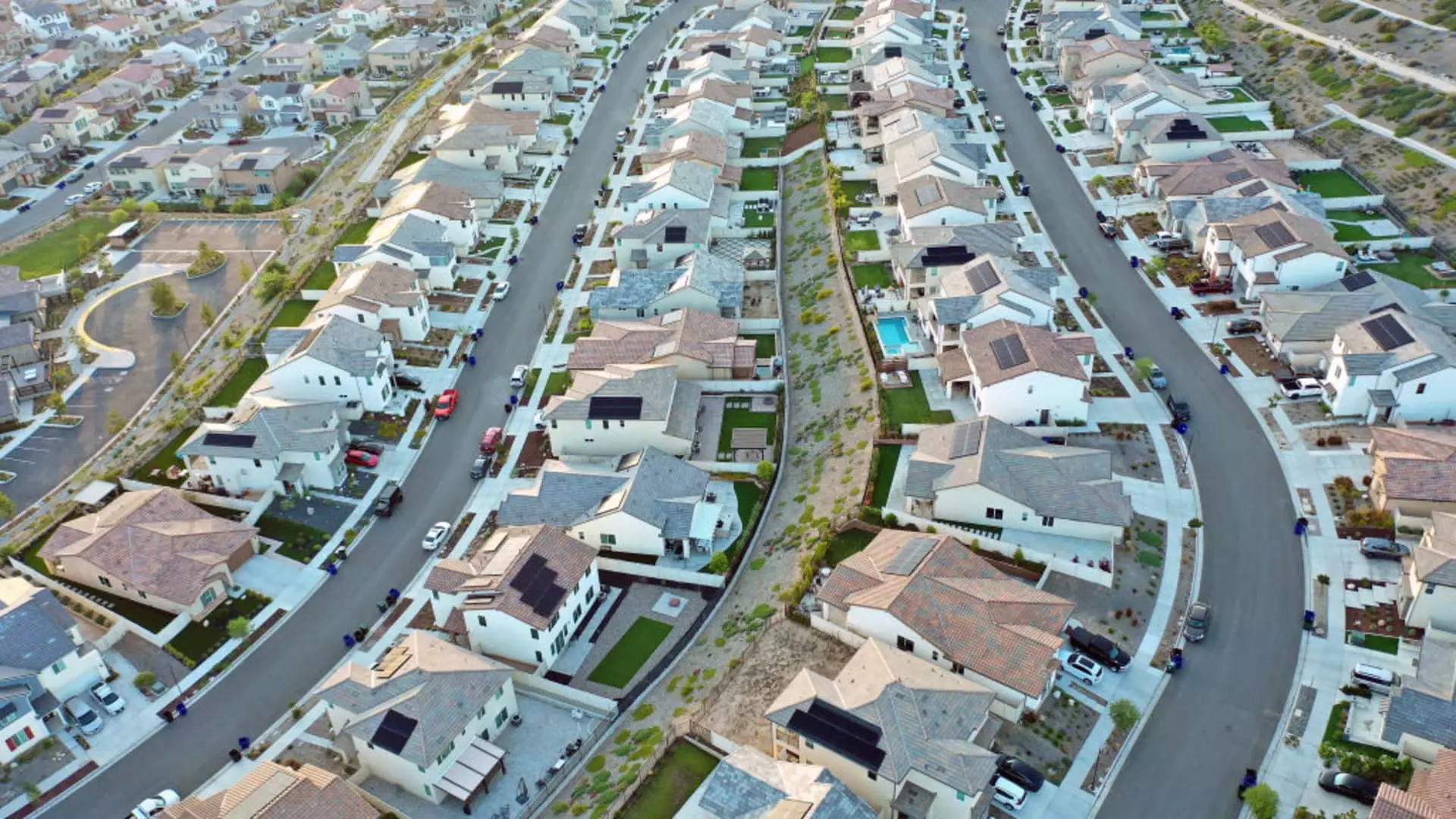In the United States, homeowners currently hold significant amounts of equity, with the total estimated at a staggering $17 trillion. This financial reservoir, which plays a pivotal role in the housing economy, offers a sense of security and a potential source of funding for various expenses. However, many homeowners have been reluctant to access this equity due to rising interest rates over the past two years. This reluctance is starting to shift, as evidenced by increasing withdrawals from home equity sources.
Recent data indicates that in the third quarter of this year alone, homeowners withdrew $48 billion from their home equity, marking the highest withdrawal volume since the Federal Reserve began raising interest rates. While the correlation between Federal interest rate hikes and home equity loans, particularly Home Equity Lines of Credit (HELOCs), is complex, the recent half percentage point reduction enacted by the Fed in mid-September has had a noticeable impact.
A critical aspect of the home equity landscape is distinguishing between tappable and untappable equity. Of the total $17 trillion in collective homeowner equity, approximately $11 trillion can be accessed under standard lending practices, contingent upon homeowners retaining at least 20% equity in their homes. The average homeowner’s equity is calculated to be about $319,000, with $207,000 deemed tappable. Despite this substantial cushion, the amount that homeowners have withdrawn remains pitifully low—just 0.42% of all tappable equity withdrawn in the third quarter. This withdrawal rate is significantly below what would be expected under normal economic conditions, signifying a cautious approach among homeowners compared to the past decade.
Over the last couple of years, interest rate hikes have fundamentally reshaped borrower behavior. For instance, the monthly payment required to draw down an additional $50,000 from a HELOC has spiked from around $167 in March 2022 to a staggering $413 in January of this year. Even though the recent rate cut provided some relief, the psychological impact of higher payment requirements has made homeowners hesitant to tap into their equity.
This reduction in borrowing activity translates to an astonishing amount of untapped funds—nearly half a trillion dollars that have not been reinvested into the economy. According to industry experts, homeowners typically secure loans against their equity for significant expenses such as home renovations, repairs, and educational costs. The current hesitancy to engage with this reservoir raises important questions about the broader implications for the economy.
As the Fed is projected to continue adjusting interest rates, there’s speculation about what these changes will mean for homeowners with HELOCs. Analysts predict that if rates fall by another 1.5 percentage points over the next year, the monthly payment for a $50,000 withdrawal could drop below $300. While this cost remains higher than the historical average of the last two decades, it does represent a significant decrease relative to the recent peaks.
Such favorable movements in interest rates could encourage homeowners to explore their equity options, particularly those who are experiencing financial pressure or looking to undertake home improvement projects. The financial landscape, coupled with homeowners’ sensitivity to changing rates, could serve to stimulate demand for HELOCs. Additionally, with many homeowners still locked into their current homes by historically low first lien mortgage rates, the unearthed equity could find a breathing space for growth.
Despite this potential for increased borrowing activity, the real estate market is undergoing a phase of moderation. Slowing home price increases and a surge in available properties are shifting the balance of power from sellers to buyers, putting downward pressure on home values. As the fundamental dynamics of supply and demand evolve, homeowners may need to navigate this changing landscape carefully.
The reservoir of home equity available to U.S. homeowners presents both an opportunity and a challenge. With cautious optimism surrounding interest rates and the economy, the future of home equity utilization hangs in the balance, waiting for decisive actions from both borrowers and lenders alike. The question remains—will homeowners seize this moment, or will they continue to sit on a ticking time bomb of untapped wealth? Only time will tell.

